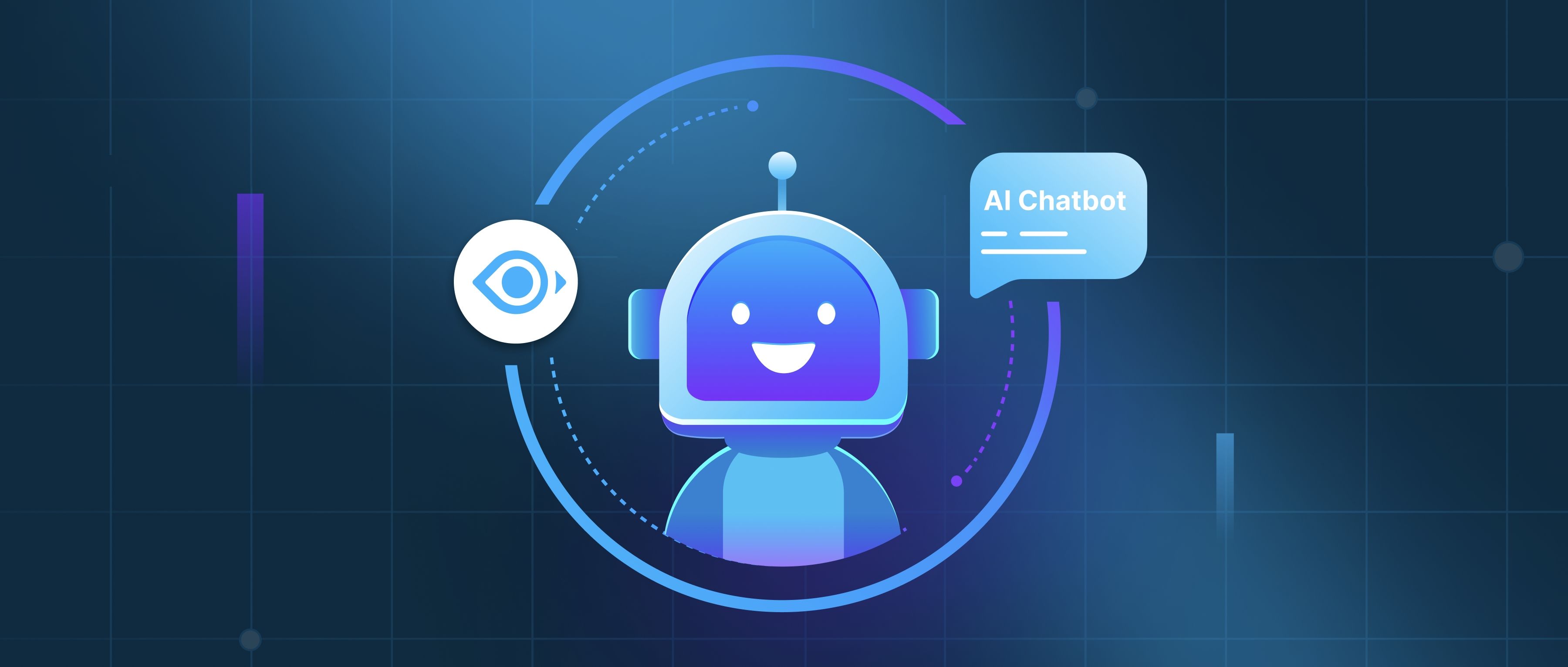Curiosity-driven exploration methods refer to techniques used by algorithms or artificial intelligence systems to seek out new information or experiences that are not specifically directed by a predetermined goal. Unlike traditional methods that focus on achieving specific objectives, these approaches emphasize the intrinsic motivation to learn and discover. The main idea is to enable systems to explore their environment or problem spaces in ways that might yield unexpected insights, thereby enhancing their overall learning and performance.
For example, consider a robot navigating an unknown environment. Instead of simply mapping out spaces to reach a destination, a curiosity-driven exploration method might lead the robot to investigate areas that appear novel or unfamiliar. This could involve movement towards regions with high variance in sensor readings or areas that have not been sufficiently explored. Such strategies increase the likelihood of discovering new features or learning about dynamic changes in the environment, which can ultimately improve the robot’s navigation abilities in unforeseen circumstances.
In practical applications, curiosity-driven exploration can also be seen in reinforcement learning environments. For instance, an AI agent trained in a game might utilize curiosity to explore different strategies or actions rather than just focusing on maximizing immediate rewards. By doing so, the agent can identify successful tactics that it might have overlooked if it had only followed a direct reward-based approach. This type of exploration can lead to enhanced learning efficiency and better performance in complex tasks where the solution space is vast and not immediately evident.
